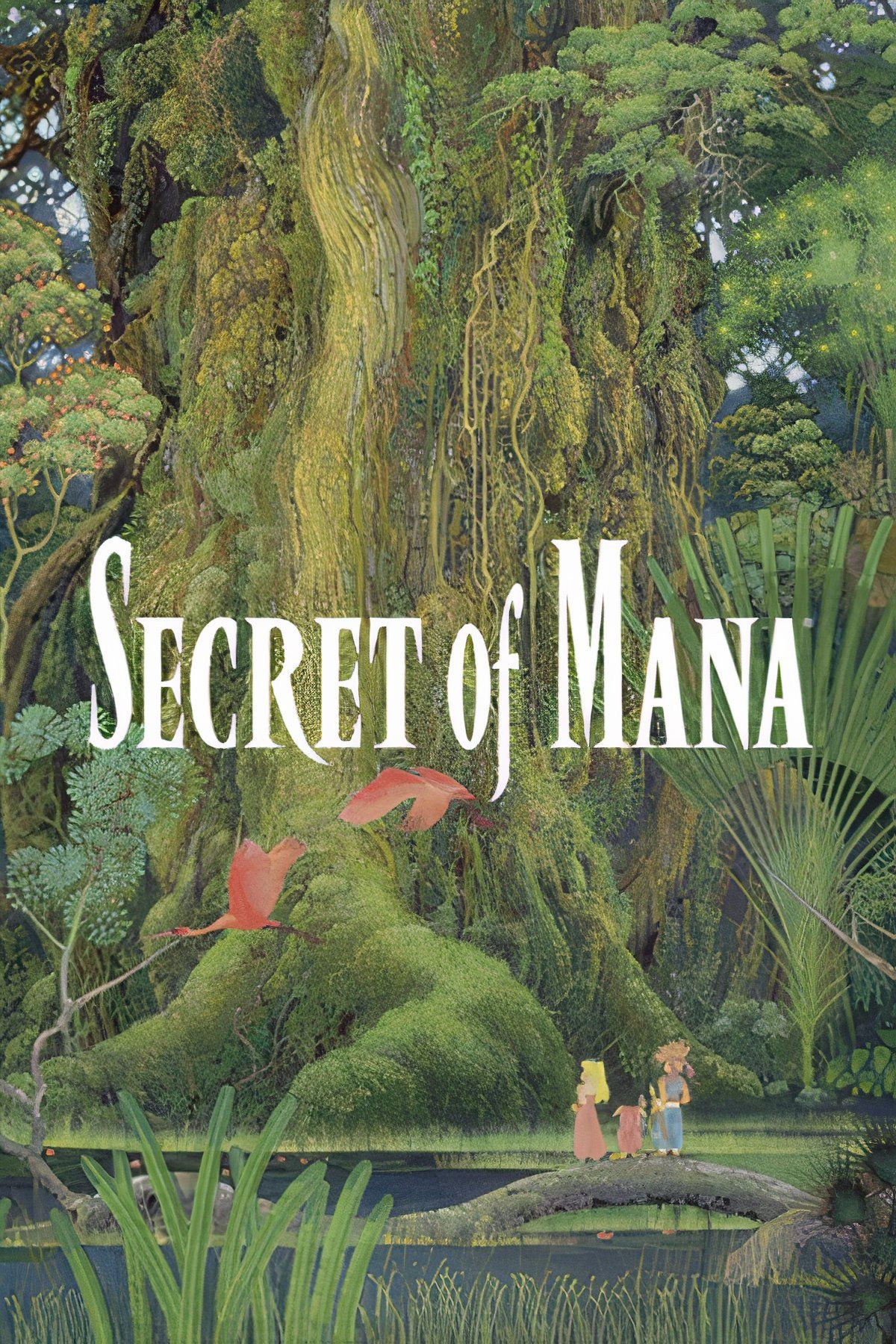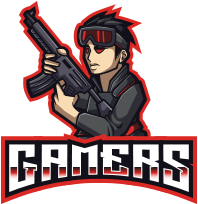Summary
- Best SNES RPGs offer short gameplay relative to modern standards, with most games beatable within a month.
- Some SNES RPGs have slow starts but offer unique gameplay experiences beyond the initial wait.
- Unique SNES RPGs like E.V.O., Robotrek, and EarthBound offer varied gameplay experiences with different pacing.
The SNES has a great library of RPGs that fans of both the genre and the console grew up on. In the 90s, these RPGs must have felt incredibly long and epic, but today, most of the standout games are relatively short. The best of the best could all be beaten within a month or even a couple of weeks, depending on how dedicated players are.
As good and as short as these games are relative to modern examples, some SNES RPGs do take time to get into. They may have slow intros or wait too long to introduce core concepts. Let’s take a look at some examples and rank their quality, along with whether the wait is worth it.
E.V.O.: Search For Eden
From Sea To Land
E.V.O.: Search for Eden is one of the most unique RPGs on the SNES, featuring a tiny creature lost in a blue ocean. Players will attack and even eat other animals in the ocean, gaining EXP along the way. This can level up their character, along with evolving the fish’s form through several stages, including moving from sea to land.
It’s a linear RPG in this way, as it goes through the evolutionary track in a somewhat educational manner, and like a school textbook, it can take a while to get to the truly juicy details of history.
Robotrek
Building A Robot Army
Robotrek is about an inventor who creates a robot to fight battles on his behalf. Players can mod this robot throughout the game by adding weapons and other gadgets. Also, more helpers can be created, and it takes a while to get the robot army off the ground.
As a turn-based RPG, players aren’t going to storm the capital with a flood of robots akin to an RTS game, but they will at least get a wider variety of robot characters in their corner backing them up in battle.
Tanks For Tanks
- Developer: Crea-Tech
- Publisher: Data East
- Released: September 29, 1995 (Japan)
- Platform: SNES
Metal Max Returns is a remake of an NES game, and neither version has ever left Japan. Thankfully, dedicated fans have translated this remake along with several other entries in this post-apocalyptic RPG series.
Western fans can think of Metal Max as Japan’s answer to Fallout, except with 2D turn-based battles and an emphasis on tanks and vehicular combat. Players will start on foot, but eventually, they will unlock a tank, and then several others when the recruit new party members, which is when the game really starts cooking.
Fire Emblem: Thracia 776
A Hard Act To Follow
Fire Emblem: Thracia 776 is one of several games in the series that remains locked in Japan. It was a late release, too, in 1999, which was deep into the lifespanof the Japanese SNES, the Super Famicom, but it still sold well.
The game itself is challenging, like most entries in the series, and while there is a sizable party from the start, it doesn’t get really good until players start to level up and change classes. The problem of permadeath can also be a deterrent, but patience will pay off in this tactical RPG.
Secret Of Mana
Setting Up Co-Op

Secret of Mana
- Released
-
October 3, 1993
- ESRB
-
E10+ // Fantasy Violence, Mild Suggestive Themes
Secret of Mana does not take long to get going, as players will find a sword and then start hacking and slashing enemies in short order. The major dungeons feature elemental beings that will bestow the heroes with weapon upgrades and magic. This keeps the combat feeling fresh for longer with each new unlock, and getting to the cooler gear takes time.
Secret of Mana is one of the few SNES games that offers three player co-op, but it takes a bit to unlock because players need to find their third and final party member first.
Final Fantasy 4
A Rotating Cast
Final Fantasy 4 was a big upgrade for the series in terms of story. However, it was also a step back for many fans, as it was a more linear experience without as much character customization, at least compared to the first and third games and their Job systems.
Instead, characters had assigned Jobs in Final Fantasy 4, with Cecil being a Dark Knight and Yang being a Monk. The bigger problem was that the party was constantly rotating, making it hard for players to ever know how much they should invest in characters. Toward the latter half of the game, things start to settle in more.
Dragon Quest 5: Hand Of The Heavenly Bride
From Boy To Monster Tamer
Dragon Quest 5: Hand of the Heavenly Bride was a departure from the series, as it introduced monster taming. Instead of collecting a party of human travelers, players created a party of monsters that had a chance to ask for their friendship after battle. There were no Pokeballs or other catching instruments involved.
The game also featured the hero growing up from an infant to a young warrior, and even had marriage as a core mechanic. It’s one of the slowest burns in the Dragon Quest series, but fans really dug the monster-catching aspect once they got through it.
EarthBound
Getting The Party Together
EarthBound is seemingly a solitary adventure for the boy hero, Ness, as it takes hours to unlock the first party member. This can make battles incredibly challenging and the journey a bit lonesome, since Ness doesn’t talk.
There are three other party members to gather, though, with Poo appearing much later in the game. EarthBound is fun and quirky at the beginning, but the deeper players go, the zanier it gets, which is where the real magic is, even beyond the slow party rollout.
#SNES #RPGs #Play

